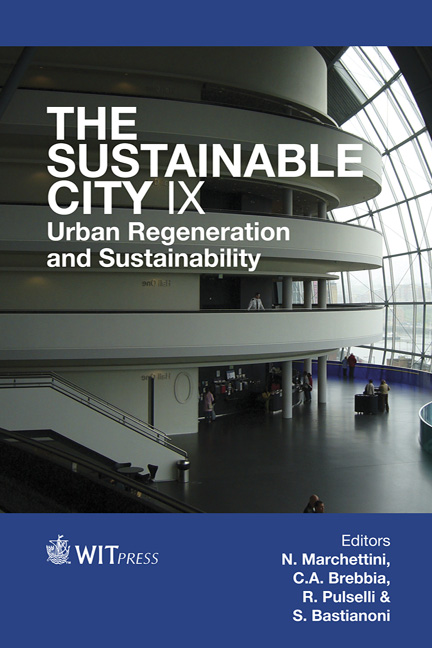The Hydrological Performance Of A Green Roof: An Experimental Study In The University Of Calabria, Italy
Price
Free (open access)
Transaction
Volume
191
Pages
9
Page Range
1661 - 1669
Published
2014
Size
426 kb
Paper DOI
10.2495/SC141412
Copyright
WIT Press
Author(s)
M. Carbone, G. Nigro, G. Garofalo, P. Piro
Abstract
In an urban environment, the progressive increase of impermeable surfaces has produced drastic changes in the natural hydrological cycle. Heavy rainfall-runoff events may overwhelm urban drainage systems, causing consequent flooding, which may be dangerous to human life and urban infrastructures. The reduction of green areas and the surface ‘sealing’ do not only produce negative effects from a hydrological-hydraulic perspective, but also from an energy point of view, contributing to modifying the urban microclimate.
In the urban environment the use of green roofs may represent a sustainable solution to abate urban runoff quantity and quality, by retaining a portion of drained rainwater, and to reduce a heated island effect. The innovative green roof at the University of Calabria consists of light-weight layers and is covered by Mediterranean plant species. The green roof is monitored with an intensive system to retrieve hydrological and hydraulic parameters across the stratigraphy and in the surrounding environment.
The objective of this study is to show the hydraulic response of a green roof in the Mediterranean climate during dry and wet weather conditions. The hydrological performance evaluation was based on water content data monitored across the entire stratigraphy and the flow rates released at the outflow for three rainfall-runoff events and for three dry weather events. The study shows the advanced monitoring system and the temporal distribution of effluent flow rate and water content for the investigated green roof and the bar roof.
Keywords
stormwater, retention rainwater, low impact development, green roof, soil water content





